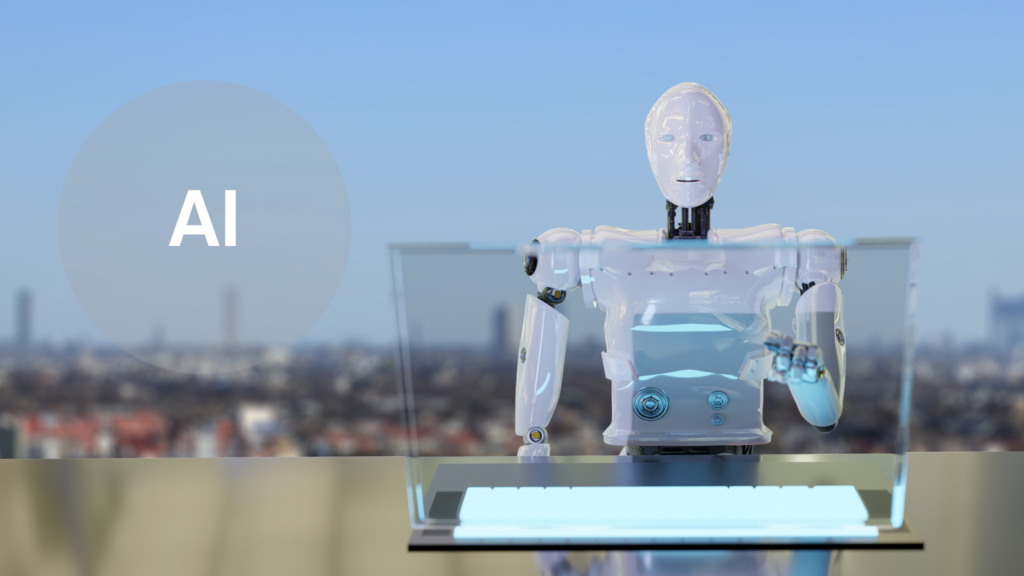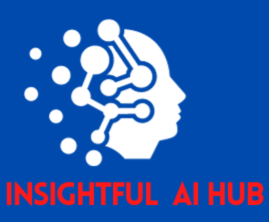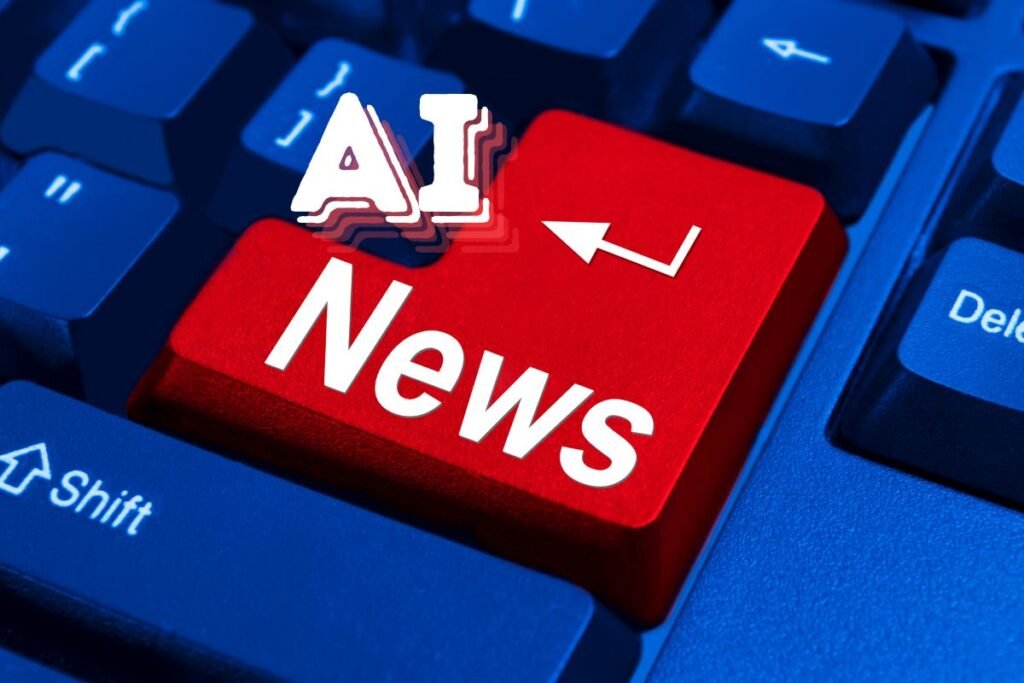This comprehensive guide aims to shed light on the remarkable advancements and potential of AI and machine learning, catering to readers with an avid interest in this cutting-edge technology.
In our rapidly evolving digital era, the captivating realm of artificial intelligence (AI) has become an inseparable part of our lives. From automated decision-making processes to enhancing productivity and simplifying complex tasks, AI has revolutionized numerous industries.

Let’s dive right in.
Section 1: Unlocking the Promise of Artificial Intelligence

1.1 Understanding the Foundations of AI
Defining AI: This section will provide a clear and concise definition of artificial intelligence, explaining how it encompasses the ability of machines to simulate human intelligence and perform tasks that typically require human cognitive abilities.
Historical Milestones: This subsection will highlight key milestones in the development of AI, starting from its early beginnings to notable advancements in recent years. By showcasing the progress made, readers will gain a comprehensive understanding of AI’s evolution.
Supervised vs. Unsupervised Learning: Here, the article will delve into the two primary types of learning in AI. It will explain the differences between supervised learning, where algorithms are trained on labeled data, and unsupervised learning, where algorithms identify patterns in data without labels.
1.2 Revolutionizing Industries with AI

Healthcare: In this subsection, the article will explore how AI has transformed the healthcare industry. It will discuss the applications of AI in medical diagnosis, treatment planning, and personalized care, emphasizing the positive impact it has had on patient outcomes.
Finance: This section will delve into the role of AI in the finance sector. It will highlight how AI algorithms are utilized in fraud detection, risk assessment, and financial modeling, providing insights into how AI has improved efficiency and accuracy in financial processes.
Retail: Here, the article will showcase the potential of AI in the retail industry. It will discuss applications such as personalized customer experiences, dynamic pricing, and inventory management, demonstrating how AI has helped businesses enhance customer satisfaction and optimize operations.
Section 2: The Marvels of Machine Learning

2.1 The Essence of Machine Learning
Basics of ML: This subsection will introduce the fundamentals of machine learning, explaining how algorithms learn from data and improve performance over time. It will cover essential concepts, such as training data, features, and model evaluation.
Supervised Learning: In this section, the article will dive into supervised learning, elucidating how algorithms are trained with labeled data to make predictions or classifications. It will provide examples to illustrate how this type of machine learning works.
Unsupervised Learning: Here, the article will explore unsupervised learning, explaining how algorithms can identify patterns and relationships in data without the need for labels. Through real-world examples, readers will understand how unsupervised learning can uncover valuable insights.Let’s dive deeper.
2.2 Types of Artificial Intelligence

The types of artificial intelligence (AI) can be classified based on various criteria, including functionality, capabilities, and likeness to human intelligence. Here are the main types of AI based on the information from the provided sources:
1. Reactive Machines:
Reactive AI is designed to respond to external stimuli in real-time, but it lacks the ability to build memory or store information for the future[5].
Examples of reactive AI include IBM’s Deep Blue, which defeated chess grandmaster Garry Kasparov in 1997.
2. Limited Memory:
AI with limited memory can use past experiences to inform future decisions, but it does not have the ability to form long-term memories.
This type of AI is used in applications such as recommendation engines and spam filters.
3. Theory of Mind:
Theory of mind AI is a theoretical type that could be built in the future. It would have the potential to understand the world and how other entities have thoughts and emotions.
4. Self-aware AI:
Self-aware AI is also a theoretical type that could be built in the future. It would be aware of its own internal state as well as that of others, mimicking human intelligence and emotions.
5. Artificial Narrow Intelligence (ANI):
ANI refers to AI systems that can only perform a specific task autonomously using human-like capabilities. These machines have a very limited or narrow range of competencies.
Examples of ANI include chatbots, autonomous vehicles, and recommendation systems.
6. Artificial General Intelligence (AGI):
AGI describes AI that can learn, think, and perform a wide range of actions similarly to humans. The goal of AGI is to create machines capable of performing multifunctional tasks and acting as equally intelligent as humans.
7. Artificial Superintelligence(ASI):
Artificial superintelligence refers to AI that surpasses the knowledge and capabilities of humans.
These classifications provide insight into the capabilities and potential of AI, ranging from systems with specific, narrow capabilities to theoretical AI that could exhibit human-like understanding and awareness.
2.3 Applications of Machine Learning
Natural Language Processing: This subsection will shed light on the applications of machine learning in natural language processing (NLP). It will discuss how NLP enables language translation, sentiment analysis, and chatbot interactions, providing readers with a glimpse into the breadth of NLP applications.
Image Recognition: Here, the article will highlight the role of machine learning in image recognition tasks. It will explain how algorithms can accurately identify objects, faces, and scenes in images, and how this technology is used in areas like security surveillance and autonomous vehicles.
Recommendation Systems: This section will delve into recommendation systems, which leverage machine learning algorithms to provide personalized recommendations to users. It will outline how these algorithms function and their impact on user experience in areas like e-commerce and content streaming platforms.
Section 3: Ethical Implications of AI Adoption
3.1 Addressing Bias and Fairness
Algorithmic Bias: This subsection will explore the ethical concerns surrounding algorithmic bias in AI systems. It will delve into the risks of biased decision-making and discriminatory outcomes, emphasizing the need for fairness and inclusivity in AI.
Mitigating Bias: Here, the article will discuss strategies to mitigate algorithmic bias. It will explore approaches like diverse training data, bias detection, and transparency in algorithm design, providing insights into how AI practitioners can minimize bias in their systems.
Are you worried about the unethical practices of AI?

I’m here to help you.
3.2 Data Privacy and Security
Balancing Innovation and Privacy: This subsection will examine the ethical challenges related to data privacy in the context of AI. It will discuss how the increased reliance on data raises concerns about individual privacy, highlighting the importance of striking a balance between innovation and protecting personal information.
Ensuring Cybersecurity: Here, the article will emphasize the importance of cybersecurity when adopting AI. It will touch upon measures such as secure data storage, encryption, and robust access controls to safeguard sensitive information from potential threats.
3.3 AI in the Workforce and Society
Job Displacement Concerns: This section will address common misconceptions regarding AI and job displacement. It will explore how AI transforms rather than eliminates jobs, highlighting the potential for enhanced productivity and new job opportunities stemming from AI adoption.
Reskilling and Upskilling: In this subsection, the article will underscore the significance of reskilling and upskilling the workforce in an AI-driven world. It will discuss the need for continuous learning to adapt to technological advancements, enabling individuals to thrive in the changing job landscape.
Conclusion:
In the conclusion, the article will recapitulate the transformative potential of AI and machine learning. It will emphasize the importance of responsible adoption, ethical considerations, and the coexistence of humans and machines. The conclusion will motivate readers to embrace the boundless possibilities offered by AI while encouraging a thoughtful and inclusive approach to its integration into our lives.
FAQs:
1. How does AI differ from machine learning?
– AI, or artificial intelligence, is a broader concept that encompasses the ability of machines to simulate human intelligence and perform tasks that typically require human cognitive abilities. Machine learning, on the other hand, is a subset of AI that focuses on developing algorithms and models that can learn from data and improve their performance over time. In simple terms, machine learning is a technique used to achieve AI.
2. Is AI solely limited to the tech industry?
– No, AI is not limited to the tech industry. It has permeated various sectors, revolutionizing industries such as healthcare, finance, retail, manufacturing, and more. AI is used in medical diagnosis, fraud detection, customer experience enhancement, predictive analytics, and numerous other applications. Its potential extends across multiple domains, enabling improvements in efficiency, decision-making, and innovation.
3. What ethical considerations should be taken into account while adopting AI?
- Ethical considerations are paramount in the adoption and implementation of AI. Some key aspects to be mindful of include:
- Bias and Fairness: Ensuring AI systems are free from bias and promote fairness, as biased algorithms can perpetuate discrimination.
- Data Privacy and Security: Safeguarding individuals’ personal information and adopting secure practices to prevent unauthorized access or data breaches.
- Transparency and Accountability: Making AI algorithms and decision-making processes transparent, allows users to understand how decisions are made and holds them accountable for any potential harms.
- Workforce Impact: Recognizing the potential impact of AI on jobs and society, providing opportunities for reskilling and upskilling, and ensuring a smooth transition for the workforce.
By addressing these ethical considerations, we can ensure responsible and inclusive AI implementation that benefits individuals and society as a whole.
Feel free to share your insights to help others.
Sources:






